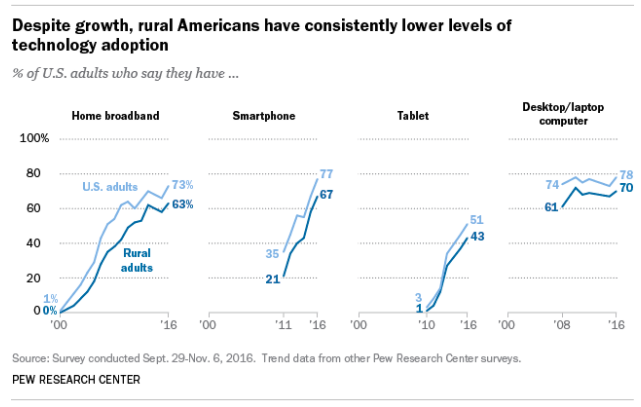By: Hannah Kottraba, SC Teacher
Dear reader, I ask you to consider these two questions: How can I create a digital classroom? And Why should I?
Six months ago, technology was a component of my methodology, but not the primary platform for my instruction. That all changed when COVID-19 brought my in-residence teaching to an abrupt halt, and I decided to use Zoom as a digital classroom. The platform allowed my students and their families to present an artifactual literacy project we began before my school’s closure. Pivoting from the traditional classroom to online allowed my families to participate from any location, share a broader range of documents, and feel more at ease in a low-anxiety environment because they presented from home. By using a digital medium, families shared in powerful ways that would not have been possible had we remained in a traditional setting. If you seek to make your classroom more inclusive but have not found an appropriate way of doing so, you should consider the impact a digital platform can have on your students’ education.
On the Job and in the Classroom

In my ten years of teaching, I have experienced the struggle of working around schedules to invite relatives into the school. Getting time off from work can be challenging for parents- though they want to show up for their student, sometimes, it just is not possible. Using a digital classroom helped families bypass such hindrances for school participation. To join our class from any location, parents simply logged in using the access code I sent through our school email system.
I recognized how impactful an online space is when a student’s mother joined us during her 15-minute break in a hospital room from where she worked. The student was at home with her grandparents, who also made an appearance on screen. It was moving to watch this mother share pictures and videos using her phone from a separate location than her child and parents. The reality that she could still participate in her daughter’s educational experience while never leaving her workplace made me realize that I need to use a digital platform when school resumes; doing so will provide more flexibility for my families.
Artifacts Online
Initially, I feared that the details and significance of my students’ artifacts would get lost through the screen. However, they far surpassed my expectations for presenting. They found new and inventive ways to share their research, interview transcripts, and artifacts. Some students transitioned their hard copy documents into Google Slides or PowerPoint presentations by scanning their records and creating PDF formats that they could insert into a more extensive online collection. Other students made a digital compilation of images and videos with the use of video editors and screen recorders. Because students were at home, they could share an extensive range of objects that otherwise would have been impossible to bring to school, like the portrait of a student’s ancestor hanging in her living room.
The emotional component of the artifacts and stories came through the screen and the wide use of technology astounded me. I was proud of how the students took ownership of their stories and challenged themselves by transitioning tangible objects to digital relics.
Connecting in a Comfortable Space

Standing in front of a group of people is never easy; speaking about personal stories that bring forth emotions is even more difficult. My students’ literacy projects asked parents to do just that, be vulnerable, and share intimate details of their past. Had we remained in the traditional classroom, I doubt parents would have felt as comfortable to speak openly in a conversational manner about their lives. However, meeting online made parents feel more at ease during the presentations because they were at home in a familiar and safe space.
The effect of speaking online led parents whom I had not met all year to participate with their child because of the convenience and low-anxiety environment. Two separate families talked about adoptions that were unknown to me before this project. One student shared about the loss of her dear mother, and another student spoke about leaving his native country to come to America. With families logging in from home, our conversations felt more like our class was sitting in a family’s living room, and they were telling us stories as if we were all old friends.
A Missing Link
To circle back to my original questions of how to create a digital classroom and why you should, I would recommend testing several digital platforms to see which one will work best for your needs. Zoom worked for my class while we were in this transitional period. The students had no issues with logging into the digital meeting and using the program’s screen-sharing and recording features. Creating a digital space was as easy as setting up an account and sending out a link with an embedded password through my school’s email system. Parents, who had never owned a computer, were able to access our classroom from their phones with ease. As to why you should invest in creating a digital platform, I hope that by sharing my students’ literacy project, you can see how impactful technology was for my families to be able to connect in meaningful ways outside of the traditional classroom.
About the Author

Hannah Kottraba has ten years of teaching experience and recently graduated with a M.Ed. in Language and Literacy as a Literacy Coach from The University of South Carolina. She is creating a new literacy lab program for the 2020-2021 school year at Thomas Sumter Academy in Sumter, South Carolina.



